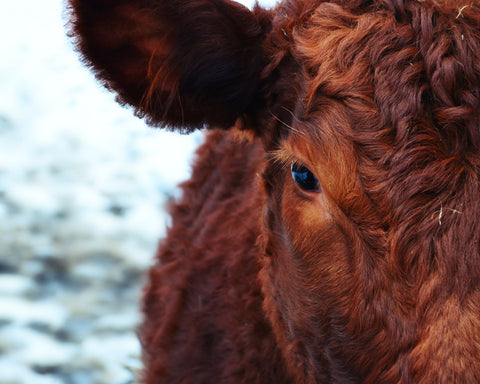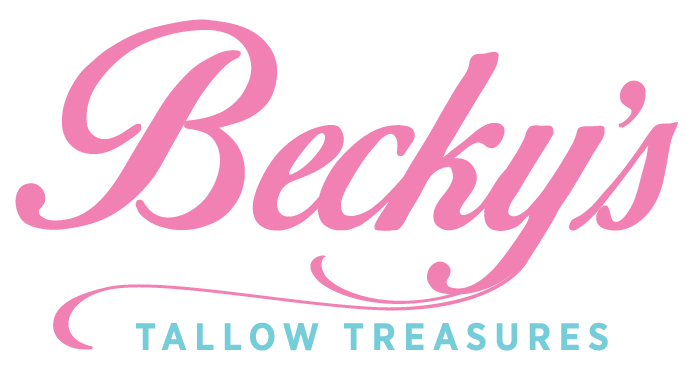
| Tallow | Shea Butter | |
| Lauric Acid | 2 | 0 |
| Myristic Acid | 6 | 0 |
| Palmitic Acid | 28 | 5 |
| Stearic Acid | 22 | 40 |
| Ricinoleic Acid | 0 | 0 |
| Oleic Acid | 36 | 48 |
| Linoleic Acid | 3 | 6 |
| Linolenic Acid | 1 | 0 |
Shea Butter Does Not Lather
While tallow at least contains a tiny bit of lauric and myristic acid, shea butter contains none. Lauric and myristic acid are the fatty acids that contribute to lather. On it's own, a 100% shea butter soap will not lather.
What's more, the unsaponifiables that I mentioned above, also inhibit lather. When soap molecules are breaking free from the mother ship, they are actually attaching themselves to the unsaponifiable particles (let's call it debris) from the soap as well instead of creating bubbles and removing other dirt from our bodies.
Shea Butter Is Comedogenic
What is "comedogenic"? I'm glad you asked. A comedone is the scientific term for a black head, so a comedongenic oil means that it clogs pores and creates black heads.
As you can guess, being nearly identical to our human oils, tallow does not clog pores. It's why we create our facial soaps with 100% tallow plus extra for nourishing tender skin.
Remember those unsaponifiables in shea butter? They stick around and plug up all those pores. With an SPF of 6, it's great for rubbing on the body, but it wears heavy and greasy especially on the face.
Shea Butter Is Only For "Label-Appeal"
That's right, label appeal. All those unsaponifiables in shea butter make for a pretty terrible bar of soap. I'll let you in on a little trade secret in the soap making world. The most common percentage of shea butter to use is 5%. Yes, a measly 5%. If there are no other hard oils in a recipe, such as palm oil, then the percentage may go as high as 10%. After that, the quality of soap deteriorates with a non-lathering bar of soap. The point is, when someone looks specifically for a shea butter soap, they will be disappointed to find that they really aren't getting any.
Shea Butter Is Expensive
OK, maybe this should or shouldn't be section all of it's own. Not only is shea butter a fairly expensive fat from being shipped overseas from Africa, it's also fairly expensive to buy a bar of soap that only contains 5% of it! Going back to label appeal, somehow this fat managed to be perceived as a luxury oils despite the fact that it doesn't lather, it inhibits lather, and it clogs pores. Yet, if someone slaps shea butter on the labels, they can somehow charge way more for it.
Shea Nuts Are Harvested For Shea Butter
I may not have met a lot of people in my life, but I don't know many people that butcher an animal just for it's fat. I know more people that mainly butcher an animal for it's meat. The leather, fat, and sinew (to make string) are all beneficial by-products which make use of the entire animal.
Because cattle are hard to come by in Africa, African women have made great use of the materials they have on hand -- that is, shea nuts. However, if countries that do not produce the shea tree, then import gallons of shea butter, where does that leave tallow? Holistically, how does the whole animal get used and not go to waste if we're substituting it with an inferior oil?
We source organic oils to limit and eliminate our impact on the environment. Why would we then import tonnes of shea butter which not only put our own farmers out of business, but also leaves the tallow to waste?
Thanks for reading!




Cattle are hard to come by in Africa, really. We have lots of free range grass fed cattle here.